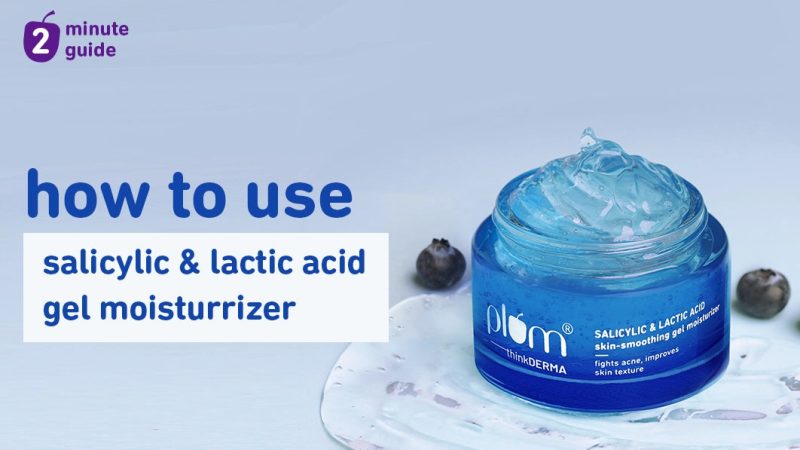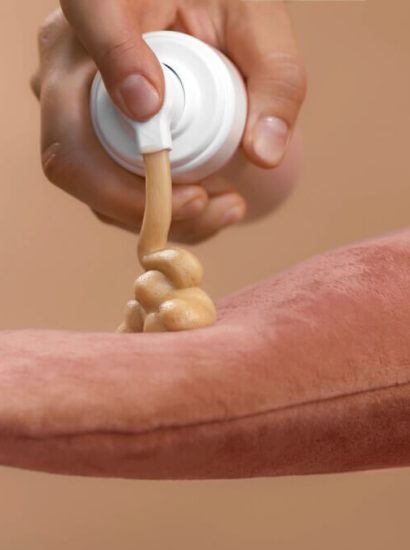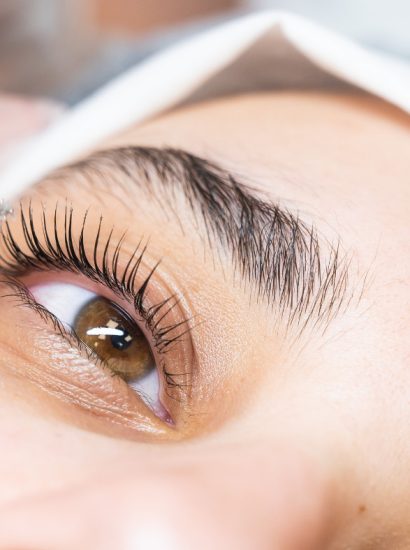Salicylic acid is one of the most trusted skincare ingredients for acne-prone, oily, and congested skin. Known for its exfoliating and anti-inflammatory properties, salicylic acid creams are widely used to treat breakouts, unclog pores, and improve skin texture. Whether you’re struggling with blackheads, whiteheads, or persistent acne, this beta-hydroxy acid (BHA) can help you achieve clearer, smoother, and healthier skin.
In this comprehensive guide, we’ll explore how salicylic acid creams work, their benefits, how to use them properly, and the best types available for different skin concerns.
What is Salicylic Acid?
Salicylic acid is a beta hydroxy acid (BHA) derived from willow bark. It is oil-soluble, meaning it can penetrate deep into the pores to break down sebum and dead skin cells. Unlike water-soluble exfoliants like AHAs (alpha hydroxy acids), salicylic acid works from within the pore, making it highly effective for acne and oily skin.
Its properties include:
- Exfoliation of dead skin cells
- Anti-inflammatory effects
- Oil control
- Bacteria reduction
This makes it a powerhouse ingredient in creams aimed at treating acne, keratosis pilaris, psoriasis, and even warts.
Benefits of Using Salicylic Acid Creams
Salicylic acid creams offer multiple benefits beyond just acne reduction. When used consistently and correctly, these creams can transform your skin.
Key Benefits
- Clears clogged pores by dissolving the debris and oil inside them.
- Reduces blackheads and whiteheads by preventing pore blockages.
- Minimizes inflammation and calms red, irritated skin.
- Promotes smoother skin texture through gentle exfoliation.
- Treats rough patches on elbows, knees, and feet.
In many cases, salicylic acid creams are preferred over chemical peels or harsh scrubs because they offer targeted treatment without over-drying or damaging the skin.
How Salicylic Acid Works on Acne-Prone Skin
Acne forms when pores become clogged with excess oil and dead skin. Salicylic acid helps to treat and prevent this in several ways:
- Penetration: Being oil-soluble, it penetrates into the pores.
- Exfoliation: It dissolves the bond between dead skin cells, encouraging cell turnover.
- Antibacterial properties: It minimizes acne-causing bacteria.
- Anti-inflammatory: Reduces swelling and redness in existing pimples.
This multi-action approach makes salicylic acid especially effective for non-inflammatory acne (like blackheads) and mild inflammatory acne (like pustules and papules).
Who Should Use Salicylic Acid Creams?
Salicylic acid creams are suitable for a wide variety of skin types and conditions, but they are particularly beneficial for:
- Oily skin – helps regulate sebum production
- Acne-prone skin – treats and prevents pimples, blackheads, and whiteheads
- Keratosis pilaris (KP) – smooths rough, bumpy skin
- Psoriasis and dandruff – reduces flaking and scaling
- Wart treatment – promotes peeling and healing
However, if you have very dry or sensitive skin, start with a low concentration (0.5%–1%) and apply sparingly to avoid irritation.
How to Use Salicylic Acid Creams Safely
To get the best results without side effects, follow these tips for using salicylic acid creams:
Patch Test First
Apply a small amount on the inside of your wrist or behind your ear to test for irritation.
Start Slowly
Begin by using it once a day or every other day. Gradually increase frequency as your skin builds tolerance.
Apply to Clean Skin
Use a gentle, non-comedogenic cleanser before applying the cream to maximize absorption.
Use Sunscreen Daily
Salicylic acid increases sun sensitivity. Always apply a broad-spectrum SPF 30+ in the morning.
Avoid Mixing with Strong Actives
Do not combine with retinoids, AHAs, or benzoyl peroxide unless advised by a dermatologist.
Best Salicylic Acid Creams for Different Skin Needs
There are many over-the-counter and prescription salicylic acid creams available. Here are some of the most recommended options:
For Acne Treatment
- Neutrogena Rapid Clear Acne Eliminating Spot Treatment – 2% salicylic acid with fast-acting results.
- Clean & Clear Advantage Acne Spot Treatment – oil-free, suitable for teens and adults.
For Keratosis Pilaris
- CeraVe SA Cream for Rough & Bumpy Skin – contains salicylic acid, ceramides, and niacinamide.
- AmLactin KP Bump Eraser – combines AHAs and BHAs for dual exfoliation.
For Psoriasis and Scaly Skin
- MG217 Medicated Salicylic Acid Cream – specifically designed for chronic psoriasis symptoms.
- Eucerin Roughness Relief Cream – gentle yet effective for dry, flaky areas.
Choose a formula based on your specific needs and skin sensitivity. Always read labels and consult a dermatologist if you’re unsure.
Common Side Effects and How to Avoid Them
Although generally safe, salicylic acid can cause side effects, especially when overused or applied incorrectly.
Possible Side Effects
- Dryness
- Peeling or flaking
- Stinging or burning
- Skin purging (initial breakout)
How to Minimize Side Effects
- Use fragrance-free moisturizers to maintain skin barrier health.
- Don’t use on broken or irritated skin.
- Avoid using on large areas of the body unless advised by a doctor.
- Drink plenty of water and avoid over-washing your face.
If severe irritation occurs, discontinue use and consult a skincare professional.
Conclusion
Salicylic acid creams are a powerful tool in managing acne, smoothing rough skin, and promoting a clear complexion. With their ability to exfoliate, decongest pores, and calm inflammation, these creams are an essential part of any acne-fighting or skin-smoothing routine. Whether you suffer from breakouts, keratosis pilaris, or uneven skin texture, choosing the right salicylic acid cream and using it correctly can make a noticeable difference in your skin’s health and appearance.
As with any skincare product, consistency and caution are key. Start slowly, listen to your skin, and consult a dermatologist if needed. With proper use, salicylic acid creams can lead to glowing, clear skin you can feel confident about.
FAQs
1. Can I use salicylic acid cream every day?
Yes, but start with a lower frequency (every other day) and build up to daily use to avoid irritation, especially if you have sensitive skin.
2. Is salicylic acid cream safe during pregnancy?
It’s best to consult your OB/GYN. While low concentrations are generally considered safe, alternatives like glycolic acid or azelaic acid may be recommended.
3. How long does it take to see results with salicylic acid cream?
Most people begin to notice improvements in 2–4 weeks, but this depends on skin type, product strength, and consistency of use.
4. Can I use moisturizer over salicylic acid cream?
Yes, applying a moisturizer after salicylic acid can help maintain hydration and reduce potential dryness or irritation.
5. What’s the difference between salicylic acid and benzoyl peroxide?
Salicylic acid exfoliates and unclogs pores, while benzoyl peroxide kills acne-causing bacteria. They treat acne differently and may be used together under medical advice.
Also read: Eucrin Products – Shop Moisturizers, Lotions & Creams Online





